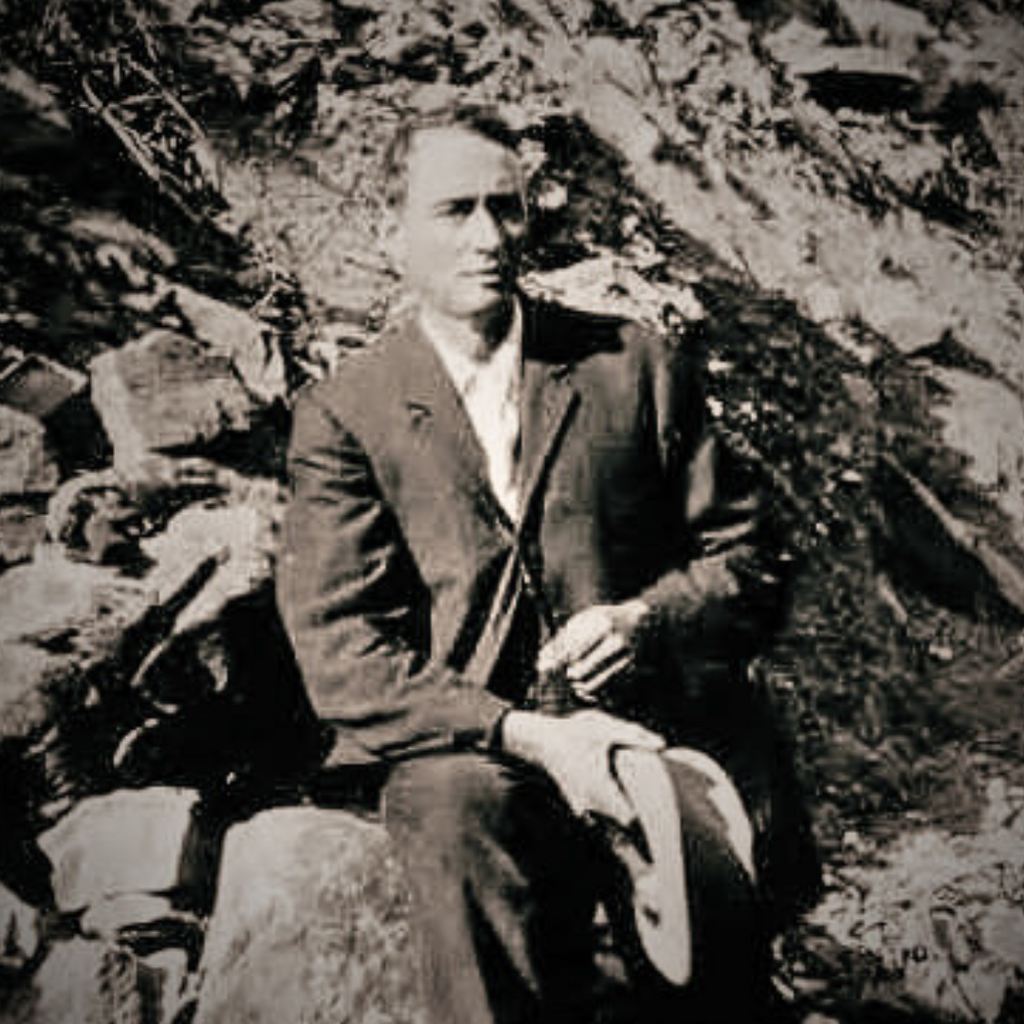Ed was born around 1868 in Ohio (as with most rural folk around this time, the records are kind of vague.) His father was a Polish immigrant and his mother was born and raised in Ohio.
Ed wasn't the greatest student although he did make it much longer than the average - dropping out at 15 to go make a living for himself.
(Can you imagine any 15-year-old nowadays dropping out of school to trek west through the wilderness to make a life for themselves!?)
He ended up in the Idaho Territories in 1884 and worked various odd jobs until 1908 when he joined the newly minted United States Forest Service which had only formed 3 years earlier.
Ed is most notably remembered for the part he played in saving 38 men from burning to death outside of Wallace Idaho during the Big Burn of 1910.
The summer of 1910 was one of the driest and hottest summers on record and it turned the Idaho territories into a tinder box.
Ed was put in charge of a group of 45 men responsible for trying to save the town of Wallace from the various forest fires that threatened to annihilate it.
Thanks to the hard work of the Wildland Forest Fire Fighters the women and children of Wallace had enough time to board the last train out of town and make it to safety.
Very quickly though, the winds shifted and picked up, combing multiple forest fires into one huge, fire-breathing behemoth.
A ranger with less experience and a bigger ego may have tried to fight in vain against this massive force of nature but luckily for his men - Ed was experienced, calm, and collected.
He told his men that there was no fighting the insatiable furnace the forest had become and they needed to follow their escape route out of the hills and get to safety.
After cutting their way through a smoldering forest Ed and the men found that their escape route was half engulfed with flames - there was no way to get through it.
The men panicked.
Thanks to Ed's knowledge of the landscape he knew there was a mining tunnel they could seek refuge in nearby.
By his calculations, it was their only hope and they were running out of time.
He led his men back into the furnace, back up the mountain, back towards death's door.
In their climb back up the mountain one man and two horses were lost but the rest of the group made it to the mining tunnel just in time.
However, they weren't out of harm's way yet.
The timbers that supported the tunnel were starting to catch fire and the air was so hot and filled with fire gases that breathing became almost impossible.
In a hurry, Ed started wetting and throwing blankets on the burning mine supports and instructing the men to use wet blankets to cover the entrance to the mine as completely as possible.
Despite every fire-gas-filled breath leading him closer and closer to passing out Ed was able to keep his panicked me in the mining tunnel - at one point he did so by putting the men at gunpoint.
But as the air grew more and more toxic - men, including Ed, started falling unconscious and the last thing Ed would see before passing out was the doused blankets hung around the mouth of the tunnel starting to catch fire.
As the fire consumed all that was available and moved on down the mountain, one by one the men under Ed's charge started coming to.
Famously, as Ed was stirring awake he heard one of his men say "Let's get a move on, the boss is dead" to which Ed shouted from the mine "Like hell he is!"
Ed then led his men down through the scorched remains of the forest to safety.
Against all odds, of the 45 men that Ed took up into the hills to battle the fires, he was able to return 38 of them safely back to their families.
Of the six brave men that perished, one was lost in the mad dash to the mining tunnel and the rest succumbed to smoke inhalation or drowning (they passed out and fell into standing pools of water) while taking shelter in the mine.
Ed fought with the U.S. Government for a proper memorial to be put up in honor of those 6 men who lost their lives fighting the "Big Burn" of 1910.
After 12 years of fighting - a memorial was granted and constructed.
Shortly after the Summer of 1910, Ed perfected what was once a design for a clunky planting tool, and the Pulaski Firefighting Tool was born and put into production.
Historian Stephen Pyne calls The Pulaski "the supreme fire tool" and notes that "it embedded the legend of 1910 more firmly than any agency stunt, congressional memorial, or recovered memory ever could."
